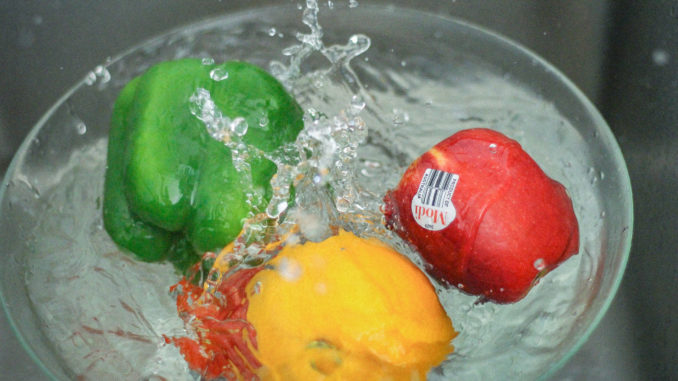
During the time of quarantine in Australia led by Covid-19, workplace shuttered, and most restaurants were closed. People in this time have an unprecedented amount of free time at home. Some of them may choose to spend their time in the kitchen. They are more likely to cook more than they have ever cooked before.
Cooking can not only bring sustenance to people, but also entertainment and a sense of accomplishment. During this time, home-made cuisine and various recipes lead an epidemic trend on social media.
Healthy diet recipes are increasingly popular across from more news outlets, as more people may enjoy their three meals at home, which are more likely to be made by themselves.
Moana Liu is an international student in Australia, who has been lived here for approximately two years. During this quarantine time, her university stopped on-campus learning. In these few months, she spent most of her time at home.
‘Apart from home, the only place I have been to is Coles,’ said Moana, ‘cooking is my greatest pleasure during this time, which is unprecedented.’
‘In the days before quarantine, I sometimes skipped breakfast to get to class and just grabbed some sushi and other fast food for lunch when I had classes in the afternoon. At almost all Friday nights, I would go out for dinner with friends. So, there wasn’t enough time for me to cook,’ said Moana.
Moana also pointed out that these days at home gives her more time to think about a healthy lifestyle and healthy diets.
‘Although sometimes I also eat takeaway food, I am more likely to cook for myself and cook three times a day on a regular basis, I tried to make it healthier,’ said Moana.
To some extent, home quarantine has promoted the trend of home-made food, which is healthier than takeaway food and packaged food. This trend may improve obesity issues in Australia. However, there are also some people who eat mindlessly and lead a ‘pattern grazing’ to cope with stress and anxiety brought by coronavirus, which may trigger the concern of nutritionists about the national obesity level.
Obesity issue in Australia is a hot topic. According to the latest obesity rate provided by the Australian Institute of Health and Welfare (19 Jul 2019), in 2017-18, 67% of adults and 24% of children aged 5-17 were overweight or obese. The Federal government is under pressure to tackle this issue. As well, the annual costs of health problems caused by obesity are extremely high.
For the time of isolation, most people get food from home every day, which may highlight the importance of supermarket. Ingredients for home-made food, such as meat, eggs, and vegetables, are also from supermarkets. Therefore, supermarkets play an essential role in our food choice.
Food supply in local supermarkets
Food supply in local supermarkets-Coles, Aldi, Woolworth. Video: Saiji Sun
According to the month’s observation, in Coles and Woolworth, there are more unhealthy foods at the end-of-aisle of each shelf, including puffed food, high-sugar cake, and beverages. However, Audi does much better in this that there are fewer promotional food displays at the end of aisles.
Also, there are more shelves for unhealthy food. In Coles, there are eight shelves for food and snacks, from which, five shelves are full of unhealthy food, including puffed food, chocolates, high-sugar biscuits, beverages, and instant packaged food.
Half-price specials food and drink would be changed once a week in Coles and Woolworth, more of which are unhealthy food. At the checkout area, there are more unhealthy foods than healthy ones.
What causes obesity in Australia and tips on what to shop for
Jessy Zhou has worked in food industry and is equipped with numerous knowledge of food and nutrition, who can give us some opinion on Australian obesity and advice on what to shop in the supermarket.
An interview with Jessy Zhou. Audio: Saiji Sun; Video: Saiji Sun
There are two main points Jessy talked about the reasons for Australian obesity. One is that we can easily access to a variety of foods. There are so many choices in the supermarket, including healthy food like vegetables and milk, and also unhealthy counterparts, such as high-sugar beverages and snacks.
The other is some people, especially younger people, lack of knowledge of nutrition factors in food and they can barely identify food and snacks. In these circumstances, people are more likely to eat some foods which contain saturated fat, sugar, and salt.
She also gave some tips on what to shop for. The first one is that people have better to buy food in its original form. If they want to eat potatoes, they should buy a whole potato rather than a pack of chips.
The second is that people need to look at the nutrition panel of a product, even a ‘fat-free’ product. Besides, people need to find their appropriate diet and buy supplements in line with their diet to make home-made food.
How can we improve diets with right home-made food to control obesity?
Justina Piao is a postgraduate student of public health in the University of Sydney. She also started to lead a calorie restriction diet. She gave some of her advice on healthy home-made food with her professional knowledge and recent experience in improving diet.
An interview with Justina Piao. Audio: Saiji Sun
Justina has mentioned we need to guarantee the normal three meals a day, ensuring basic nutrition intake. It is better to control and keep three meals at a reasonable time.
She has also recommended healthy and low-calorie staple foods, such as purple sweet potato, maize, and yam. Lunch can be based on these foods or some meat with low-calorie vegetables like lettuce, broccoli, and tomato. As for dinner, it is better to eat less with different kinds of low-calorie fruits, including berries, oranges, and kiwi fruits.
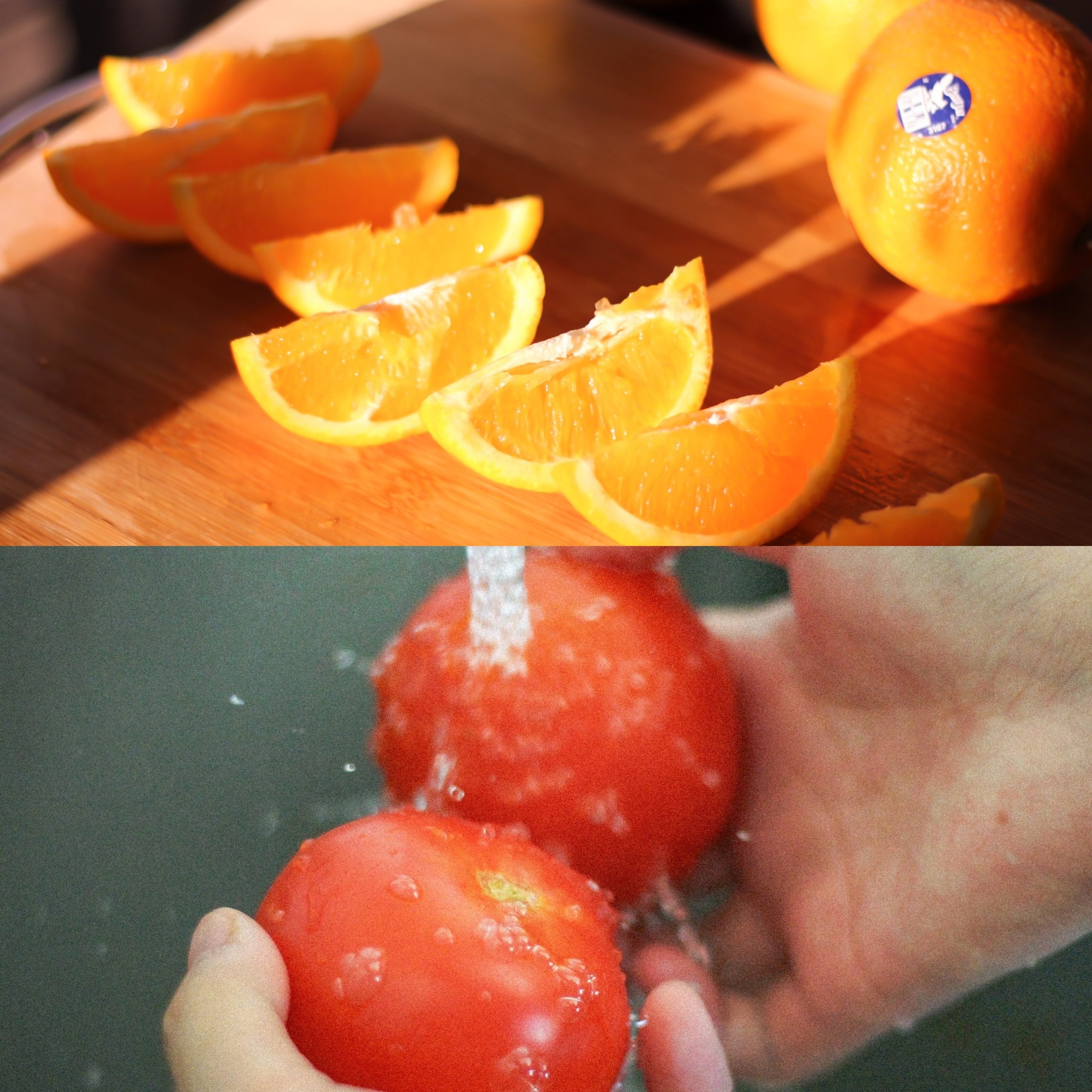
Some high-calorie foods, such as some high-sugar confectionery, should be eaten less. Fat-free yogurts, such as Greek yogurt with honey, berries, and almonds, could be the substitute to cope with sugar cravings.
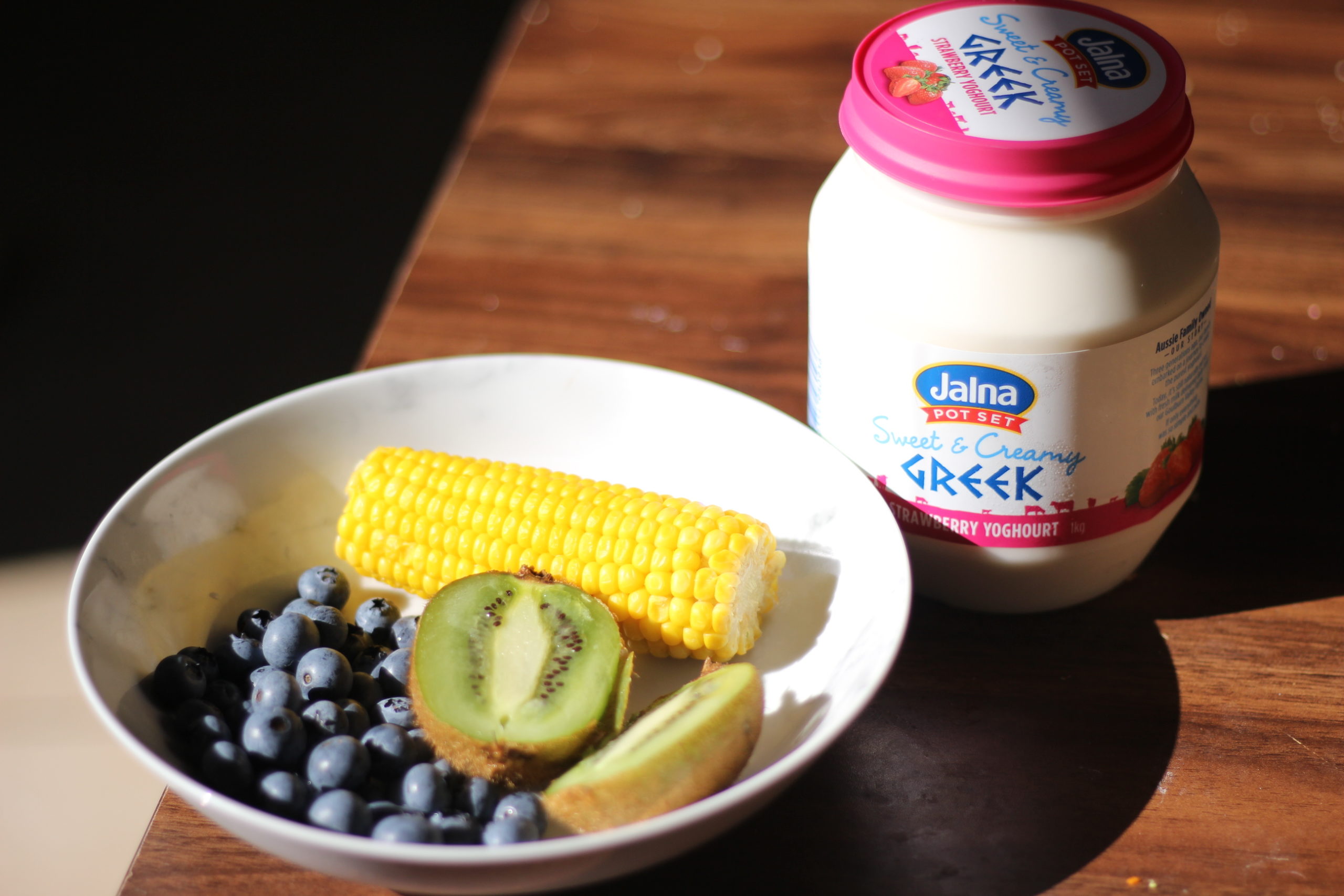
However, people in calorie restriction diet need to pay more attention to nutrient-dense food to avoid malnutrition. Oatmeal would be a good option for breakfast as it is packed with nutrient nuts and fruits.
The calorie restriction diet can be helpful to obese and overweight people, while they need to reduce calories based on their average calorie intake.


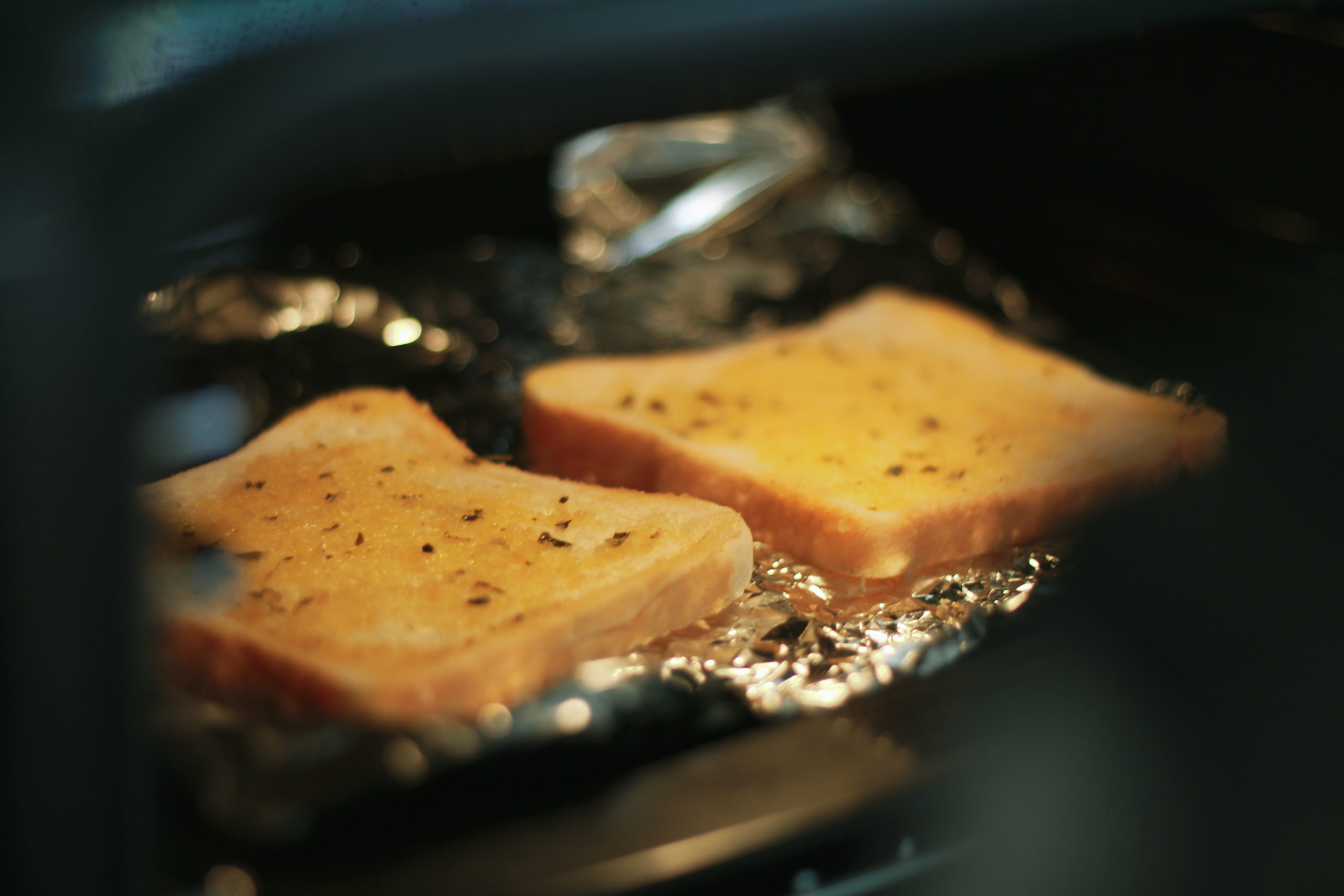
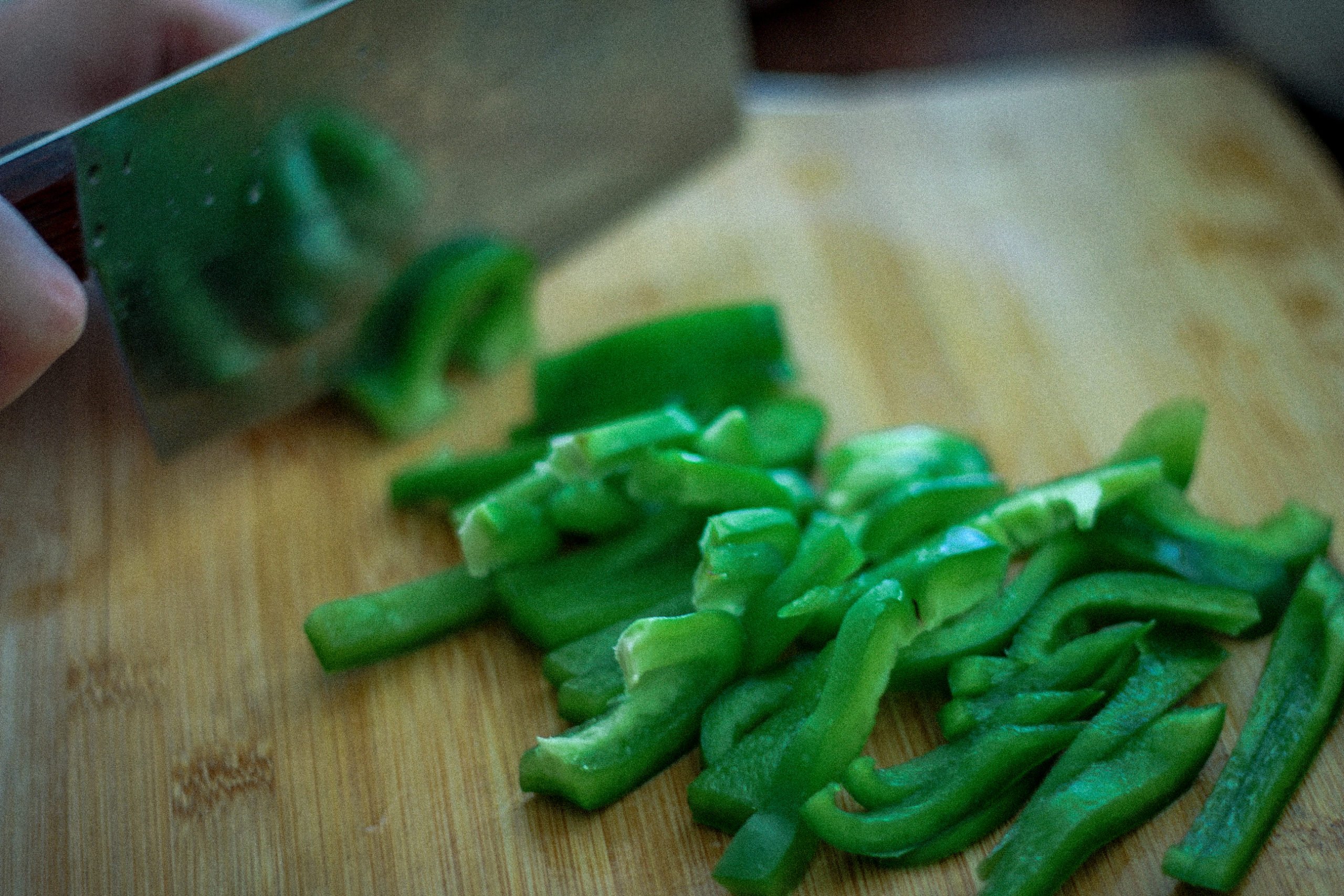
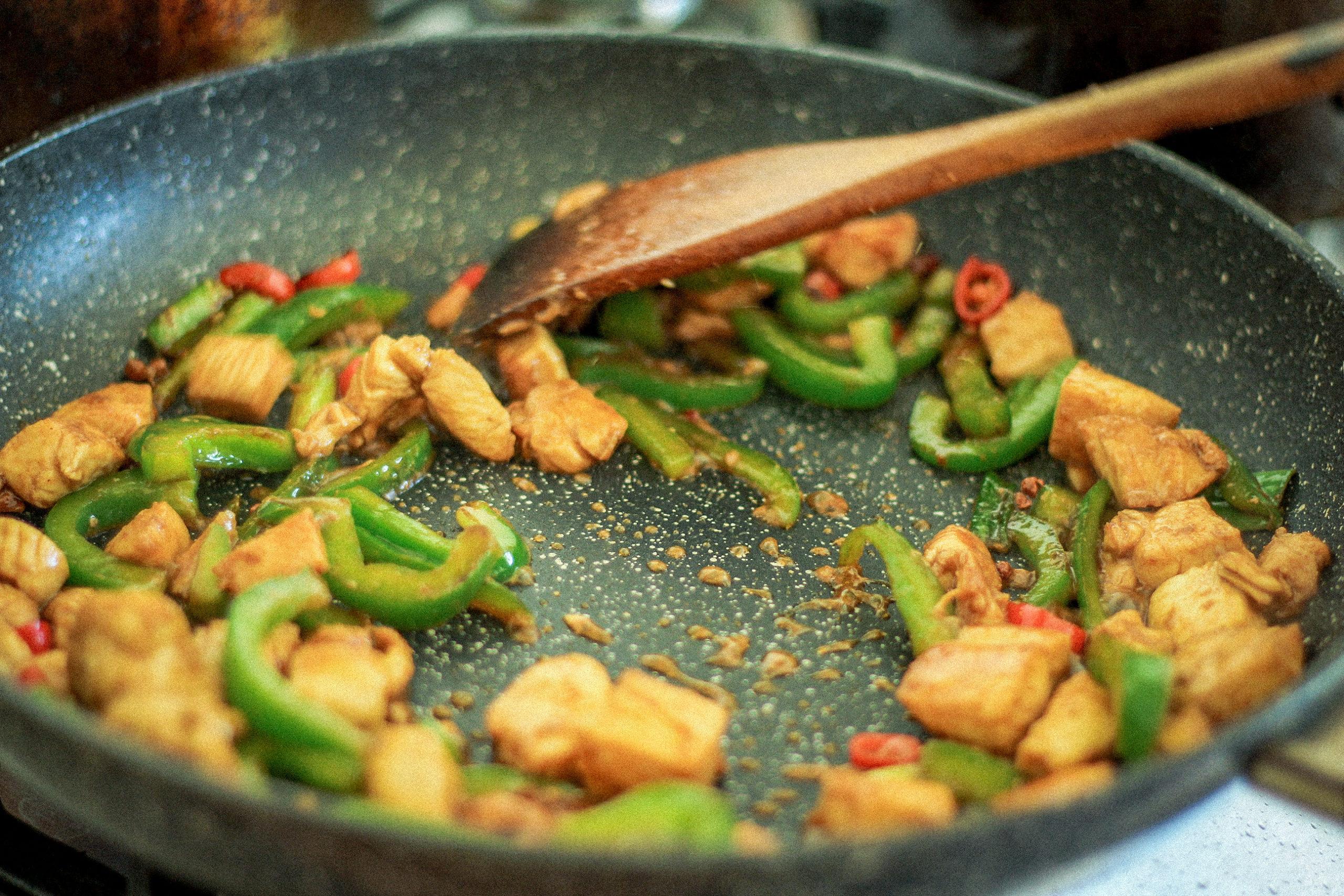
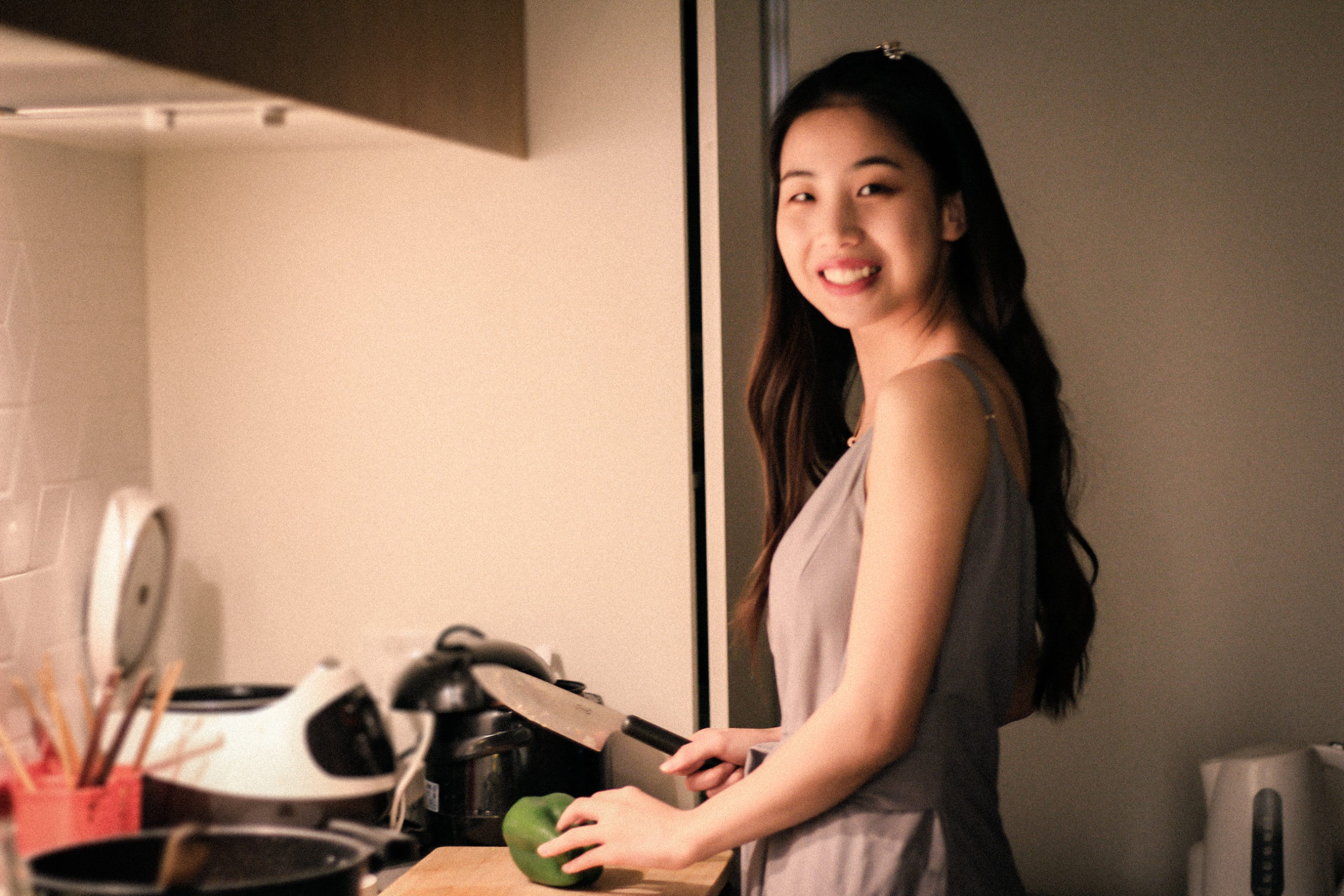
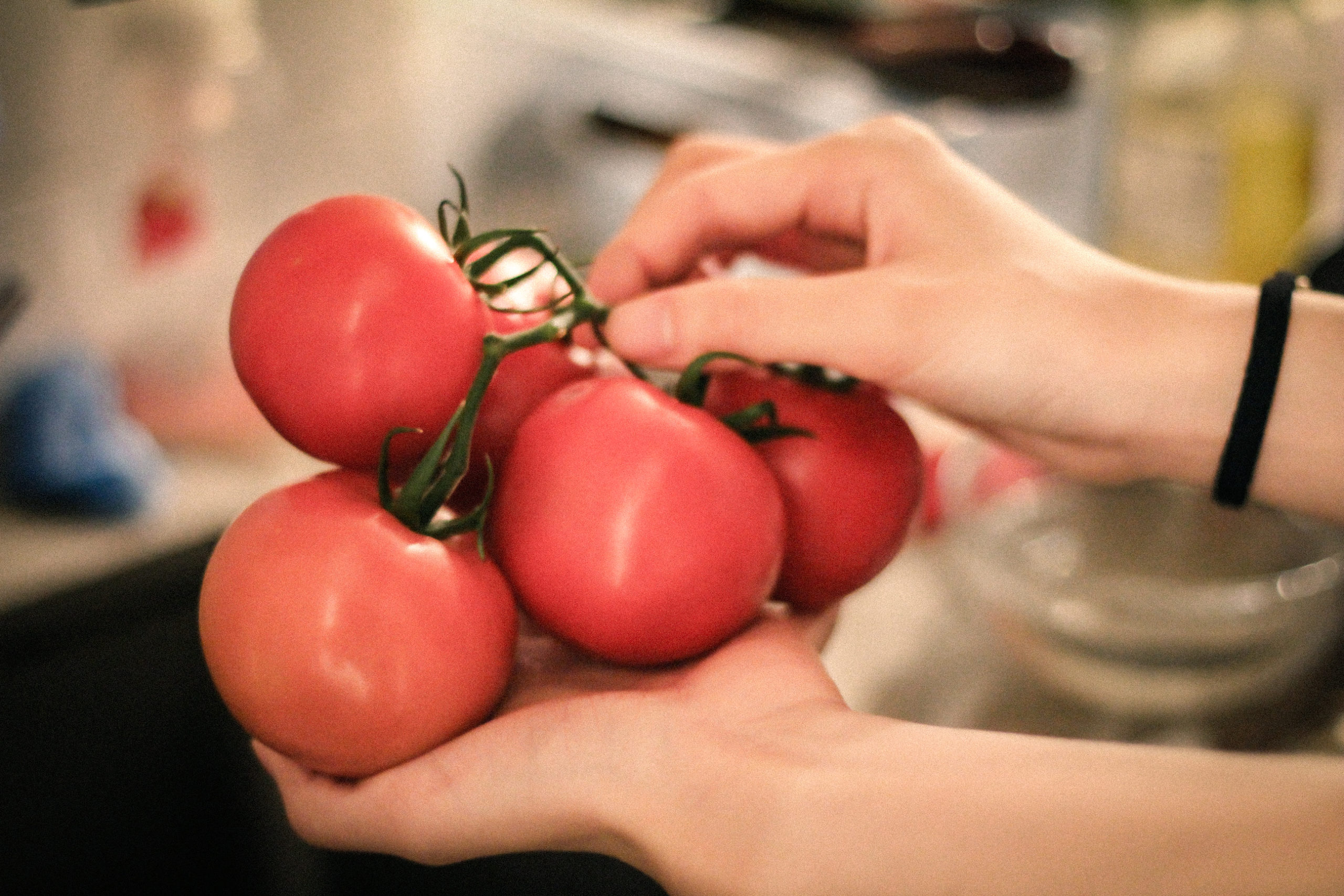
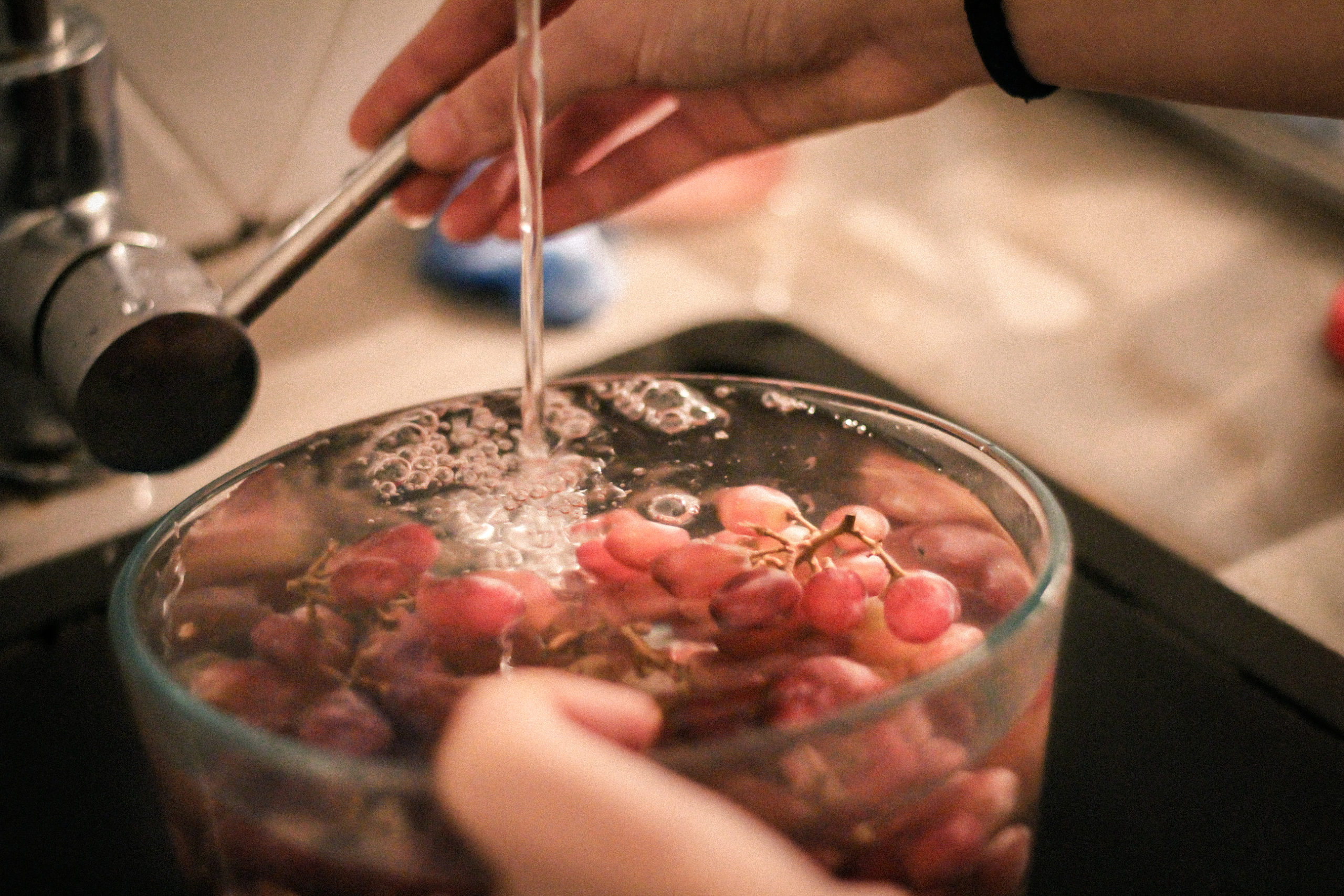




Be the first to comment